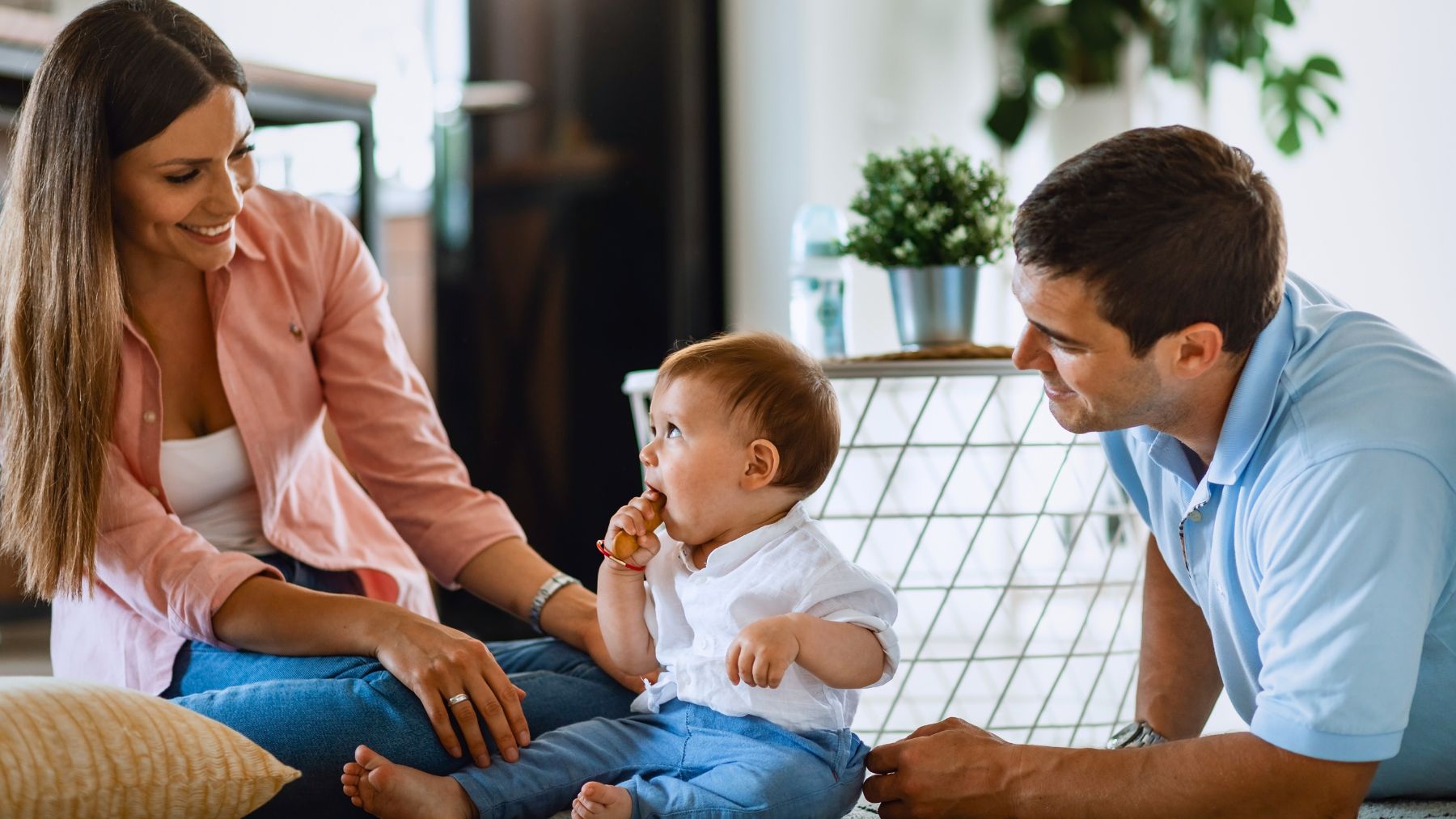There’s no one-size-fits-all approach to parenting, but some styles consistently lead to better outcomes for the little ones. New research points to a specific approach that helps children grow into confident, emotionally stable, and resilient adults.
After studying over 200 families, parenting expert Reem Raouda found that “emotionally safe parenting” delivers long-term benefits that go beyond behavior management. The approach blends structure with empathy and helps kids build trust, emotional strength, and self-awareness. Here, we’ll explain what emotionally safe parenting looks like and how you can implement it at home.
The emotionally safe parenting approach
Emotionally safe parenting is built around one core idea: kids do best when they feel safe to be fully themselves, especially during hard moments. Instead of focusing just on discipline or control, this style puts emotional connection at the center of the relationship.
It’s a method that includes clear rules and steady boundaries, but it’s rooted in calm, respectful communication and self-regulation from the parent. Kids raised in this way are less likely to shut down emotionally and more likely to develop strong coping skills, better relationships, and confidence.
Raouda describes this as a shift away from simply managing behavior and toward helping kids understand and process what they feel. When a child acts out, emotionally safe parents see that behavior as communication, not disrespect. The goal is to respond with curiosity, not shame.
This also requires adults to do their inner work. This includes understanding how your own upbringing and emotions affect the way you show up for your child. The idea is to model calm and steady authority, not to react out of frustration or fear. It’s about creating a stable emotional space where children can learn, grow, and stay connected to the people they trust.
How to implement emotionally safe parenting at home
Practicing emotionally safe parenting means shifting how you respond in challenging moments. Here are five ways to begin:
- Pause and check your emotions: Before responding to a tough moment, take a breath and notice what you’re feeling. Ask yourself: “Am I reacting from habit or from what my child needs right now?”
- Listen before correcting: When your child is upset or acting out, ask questions instead of jumping to conclusions. Try: “Can you help me understand what happened?” or “What were you feeling when that happened?”
- Set limits with respect: You can hold firm rules and still be kind. Use phrases like “I know you’re frustrated, but it’s still not okay to hit”, or “The answer is no, and I’m here if you need help calming down”.
- Avoid shame-based language: Skip comments like “What’s wrong with you?” or “Stop being dramatic”, as they shut down communication. Instead, validate their feelings even while holding the boundary.
- Reconnect after conflict: If you lose your cool, own it. Say something like: “I shouldn’t have yelled. That wasn’t fair to you”. Then offer a chance to reset together. This shows that conflict doesn’t have to break the connection, and that it isn’t final.
These habits take practice, so be patient. Over time, your child learns that emotions—even big ones—are safe to express, and that safety leads to stronger relationships, better behavior, and more self-confidence.
